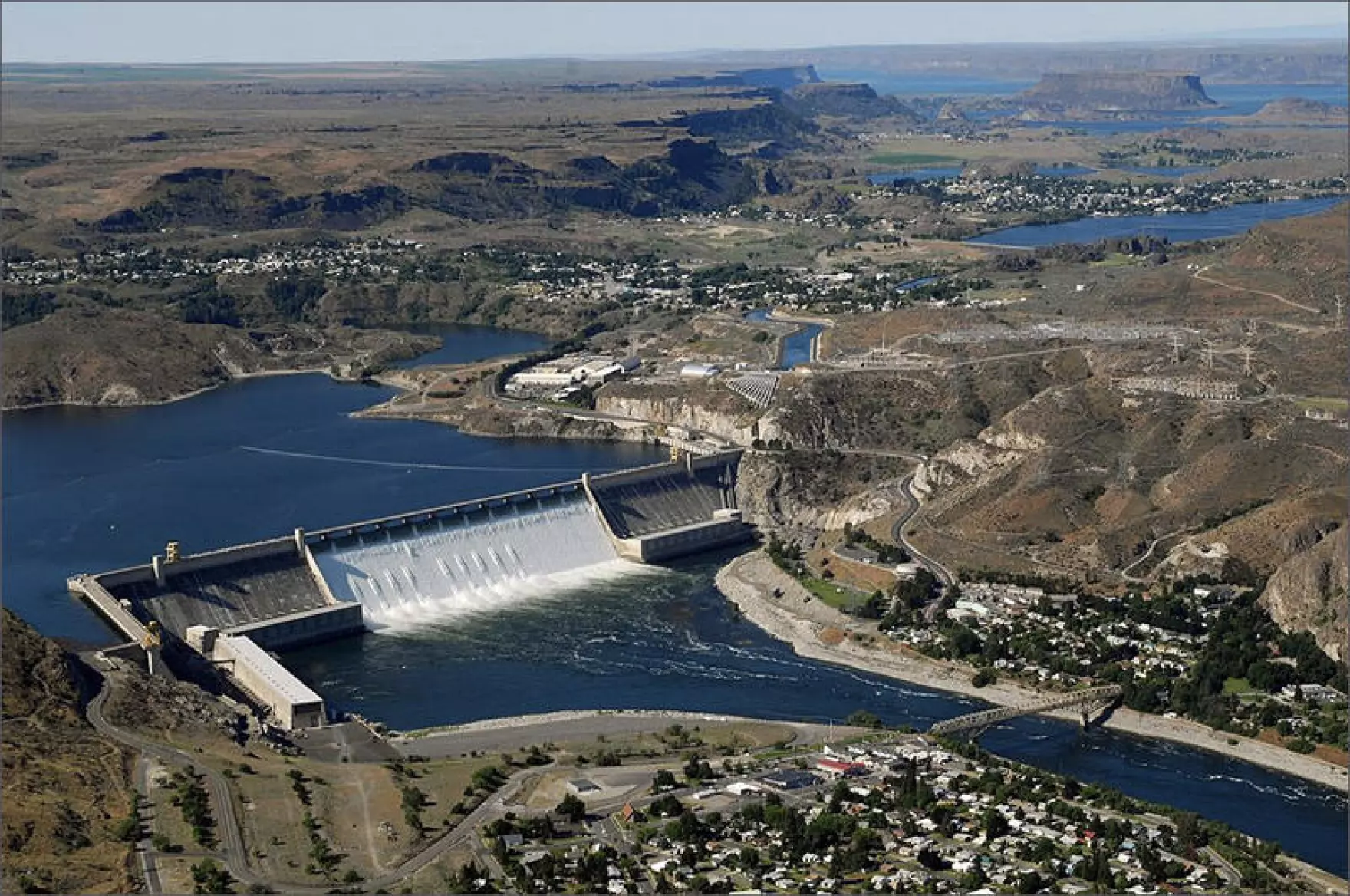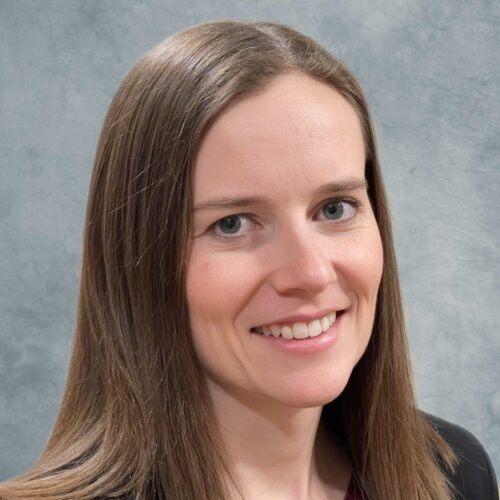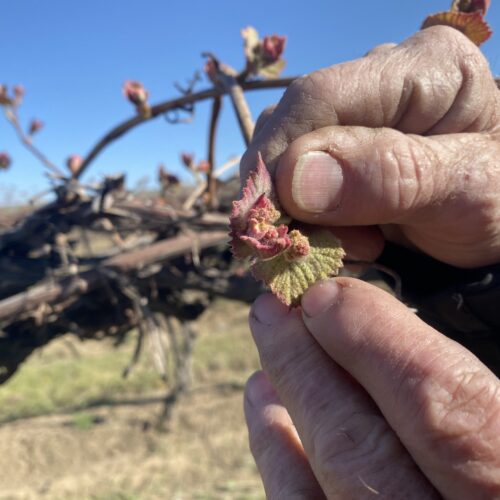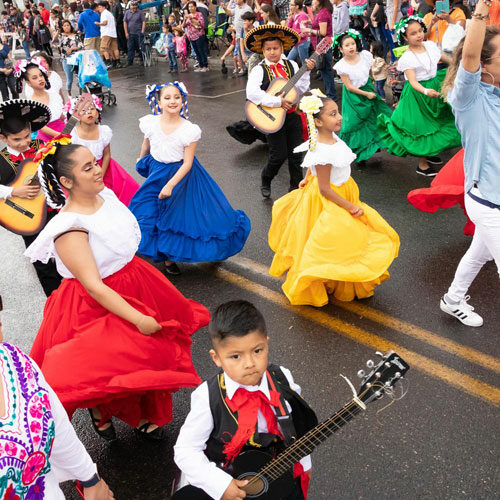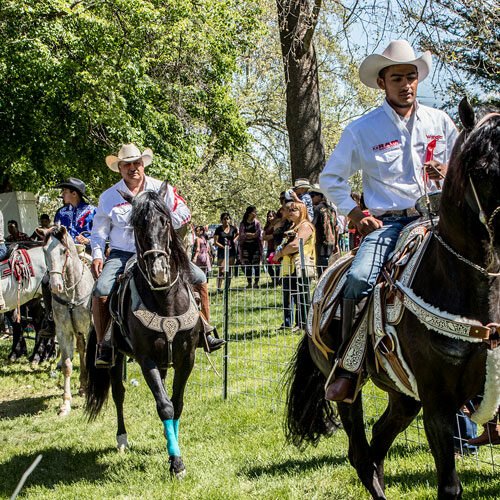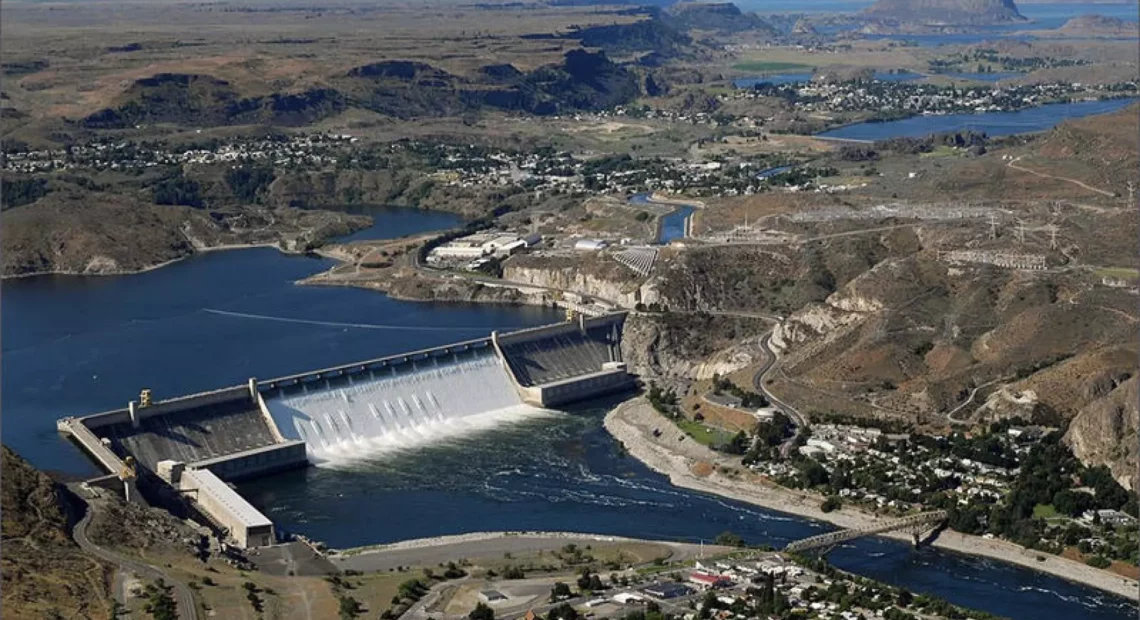
Salmon advocates ask to include healthy ecosystems in Columbia River Treaty
Read
Salmon advocates want negotiators to consider salmon and the Columbia River’s ecosystem as a part of an agreement between the U.S. and Canada.
The agreement, known as the Columbia River Treaty, is around 60 years old. It coordinates flood control and hydropower along the Columbia River. During renegotiations, the United States has asked to modernize the treaty, including considerations for climate change.
However, salmon advocates and tribal representatives would like to see a functional, healthy ecosystem officially added as a third purpose for the treaty, which would expand upon the current flood control and hydropower purposes.
Historically, ecosystem needs, such as salmon passage, have been looked at as costs instead of benefits, said D.R. Michel, executive director of the Upper Columbia United Tribes.
“It doesn’t have to be either/or. We have an opportunity to correct some historic wrongs with the renewal of the treaty,” Michel said.
Not including tribes in the original treaty discussions and not considering the Columbia River ecosystem were historic wrongs, he said.
In addition, Michel said, a healthy ecosystem would provide economic benefits for the region, including fisheries, restaurants and new bait shops in communities that haven’t seen salmon for at least 80 years.
A study by Earth Economics, a group that quantifies the value of natural assets, highlighted the monetary values of natural assets in the Columbia River ecosystem that Michel discussed. Under a modernized Columbia River Treaty, the study found ecosystem services, such as food and water quality, were valued at more than $190 billion, compared to $3.3 billion provided by hydropower.
It’s important to shift the framing of salmon and ecosystem values from costs to benefits, Michel said.
Moreover, fish passage should be considered as a benefit to the ecosystem, Michel said. The Upper Columbia United Tribes have worked to bring salmon back to the section of the river that’s been blocked by Grand Coulee and Chief Joseph dams, including releasing and studying fish that have later spawned in the Sanpoil River and made it from Hangman Creek to the ocean.
In indigenous creation stories, salmon were one of the first beings to offer themselves up to humans, Michel said. As long as people take care of salmon, salmon would take care of people. As salmon demonstrate their instincts to return to traditional spawning areas, they’re holding up their end of the bargain, he said.
“It becomes a responsibility for us to take this opportunity and provide those fish what was taken away from them with the construction of Chief Joe, Grand Coulee, and the dams on the Spokane River,” Michel said.
Moreover, salmon in the Upper Columbia River would help feed bears, birds and other wildlife that are healthier when those fish are in their diets, Michel said. Bringing salmon back to the Upper Columbia benefits more than just tribes, he said.
“What the tribes do doesn’t just benefit the tribes. The things we do benefit everybody in the region up and down the river,” Michel said.
With an updated treaty, the United States and Canada have an opportunity to lean into stewardship, said Jessica Zimmerle, the advocacy director at Earth Ministry/Washington Interfaith Power and Light, a faith-based advocacy group.
“Ecosystem function is a way that we can reframe our role as stewards promoting holistic wellbeing. Rather than trying to control the river, we can listen and respond to the needs of the river and all life it supports,” Zimmerle said.
Moreover, advocacy groups argued in a letter to the U.S. State Department, the Bonneville Power Administration, and the U.S. Army Corps of Engineers that the U.S. public hasn’t been included in recent negotiation updates.
In addition, the current flood risk management plan will expire in September 2024, which would mean greater uncertainty for the United States by shifting flood control responsibilities from Canada to the United States, said Joseph Bogaard, executive director of the advocacy group Save Our Wild Salmon.
Changing the way flood control operations are run could further degrade river flows and cool water releases for salmon, he said.
“That’s another reason for urgency,” Bogaard said, of taking quick action on the treaty.
Related Stories:
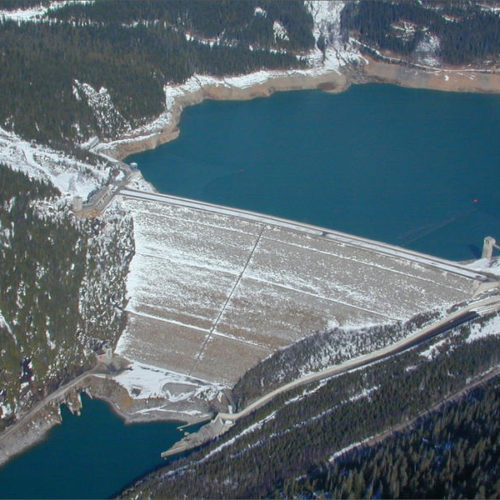
Columbia River Treaty Renegotiation Brings Out Crowd And Contention In Tri-Cities
The Columbia River Treaty is costing U.S. ratepayers and public utility districts too much. That was the broad sentiment at a sometimes-tense town hall Monday about ongoing treaty negotiations. At the Richland meeting Monday night, negotiating officials laid out the complicated back-and-forth between the U.S. and Canada. Continue Reading Columbia River Treaty Renegotiation Brings Out Crowd And Contention In Tri-Cities
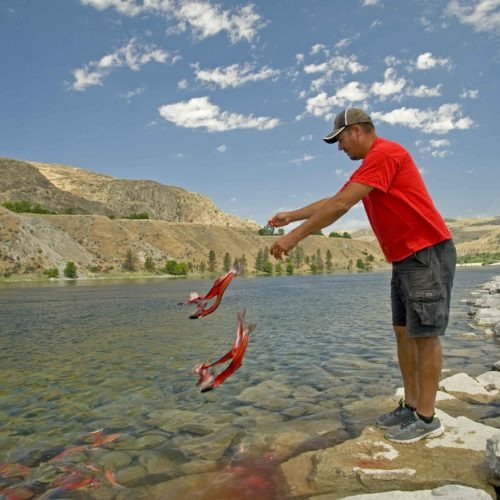
‘Do Something Big’: Photographer Helps Tell Columbia River History In ‘Healing The Big River’ Book
Peter Marbach says he wanted to use his photography to tell the story of the Columbia River, to move from purely landscape images to a more social justice-driven book. To do that, he needed help — from the First Nations communities most affected by the development of dams along the river. Continue Reading ‘Do Something Big’: Photographer Helps Tell Columbia River History In ‘Healing The Big River’ Book

Groups Again Call On Columbia River Treaty Negotiators To Include Tribes
The U.S. State Department will host a town hall meeting in Portland Thursday, Sept. 6, on the renegotiation of the Columbia River Treaty. Continue Reading Groups Again Call On Columbia River Treaty Negotiators To Include Tribes

